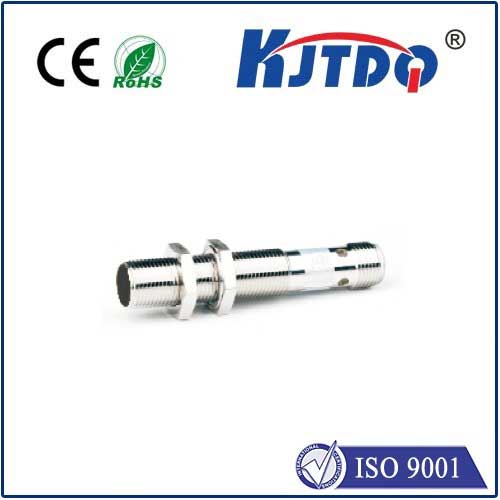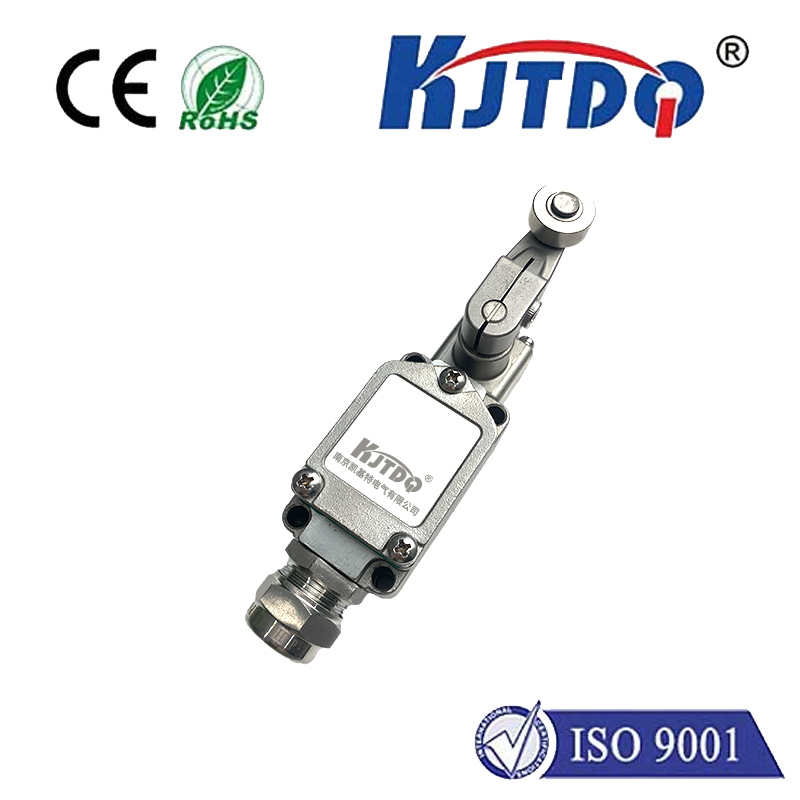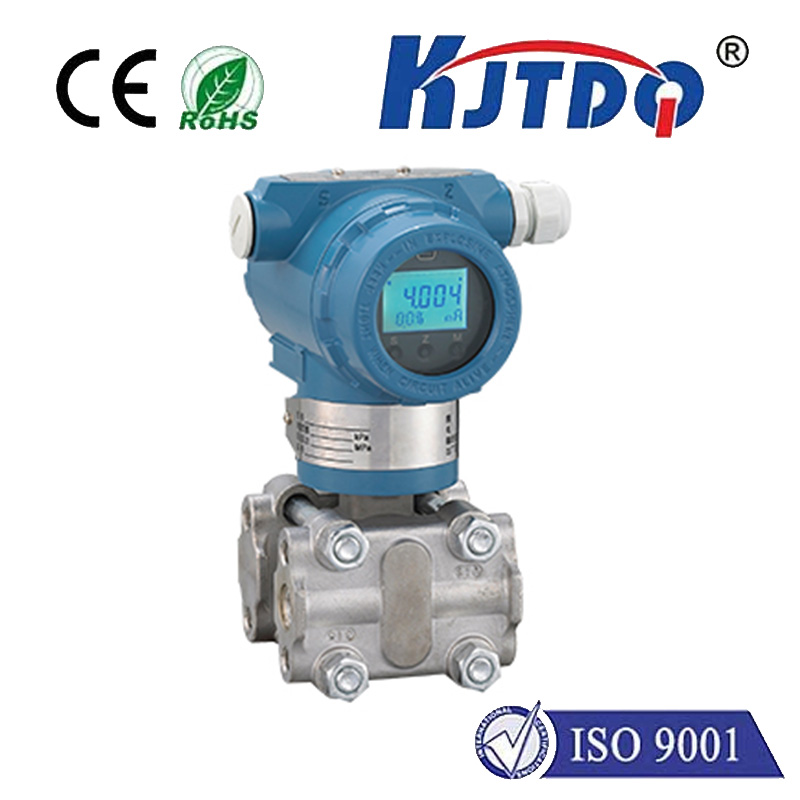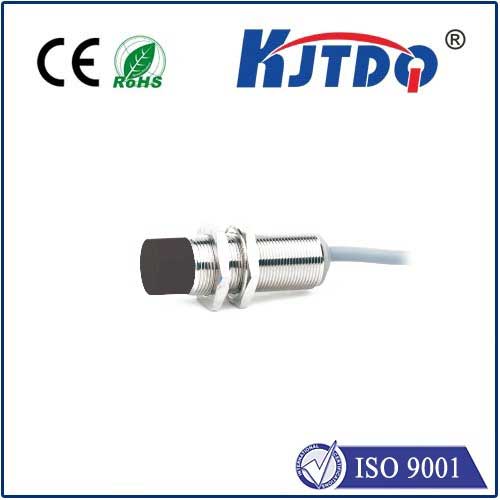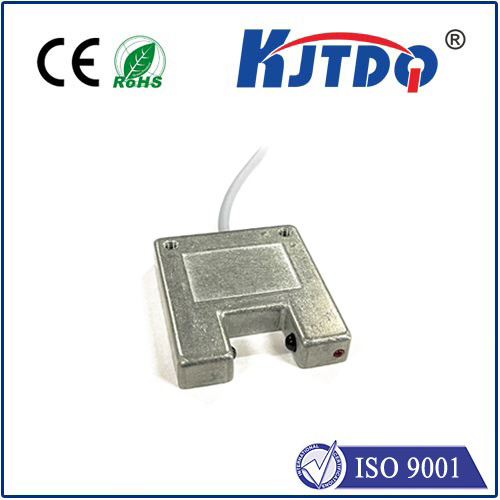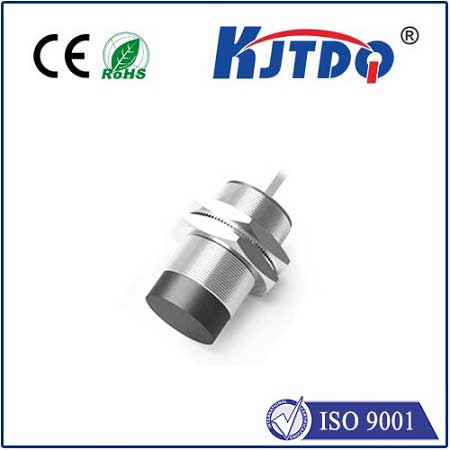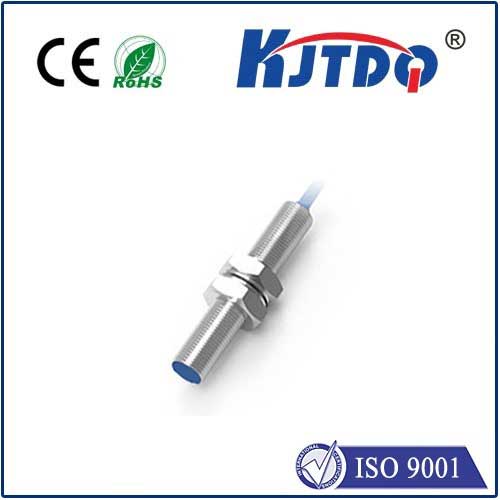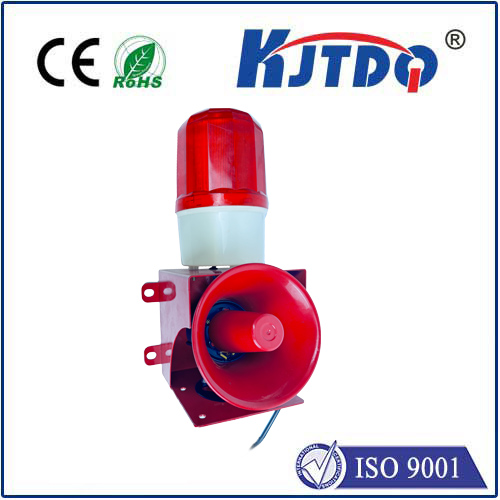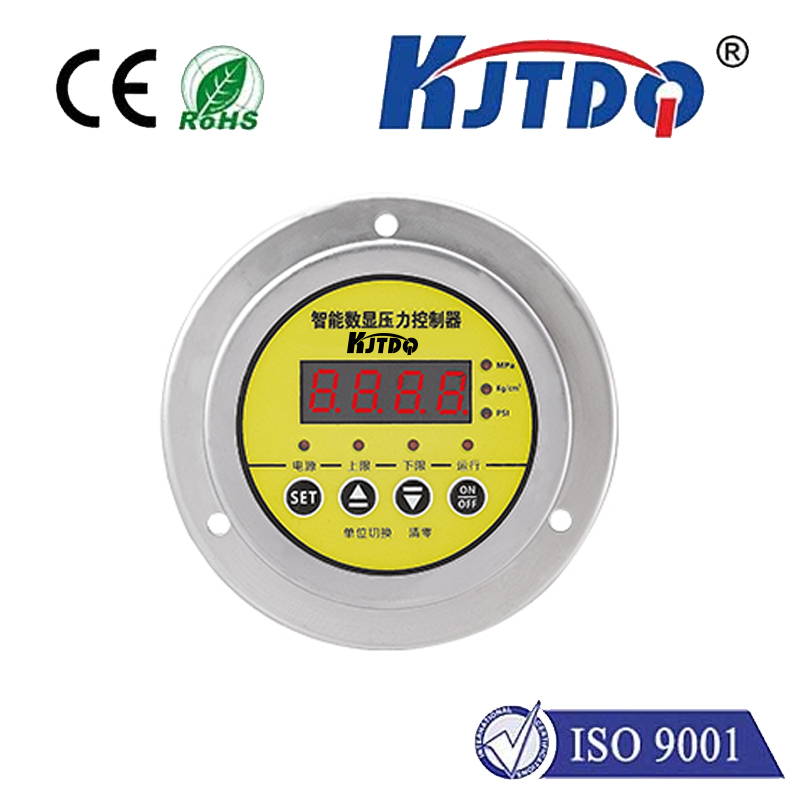
check

check

check

check
Introduction:
The advent of technology has brought about significant advancements in various fields, including the realm of electronics. One such innovation is the proximity sensing microswitch, which has transformed the way we interact with electronic devices. This tiny device has a massive impact on our lives, making it possible to control and monitor devices with ease, efficiency, and precision. In this article, we will explore how the proximity sensing microswitch works, its applications, and why it is considered a game-changer in the world of sensor technology.
Section 1: How Does the Proximity Sensing Microswitch Work?
The proximity sensing microswitch is based on the principle of electromagnetic induction. It consists of two metal contacts that are separated by a small distance. When an external magnetic field approaches the switch, it causes the metal contacts to come together or apart, thus switching off or on the connected electric circuit. This allows for accurate control and monitoring of electronic devices without the need for physical contact.
Section 2: Applications of Proximity Sensing Microswitches
Proximity sensing microswitches have numerous applications in various industries, including:
1. automotive industry: They are used for door locks, power windows, and other functions in cars.
2. home automation: They enable the control of lights, thermostats, and other devices through voice commands or smartphone apps.
3. medical equipment: They are used to monitor patient vital signs and control medication dispensers in hospitals and clinics.
4. security systems: They can be used to detect intruders and trigger alarms or notifications.
5. industrial machinery: They help to optimize energy consumption and reduce downtime by controlling machines remotely.
Section 3: Benefits of Proximity Sensing Microswitches Over Other Sensor Technologies
Compared to other sensor technologies such as infrared sensors or ultrasonic sensors, proximity sensing microswitches offer several advantages:
1. Better accuracy: Due to their precise positioning and controlled magnetic fields, proximity sensing microswitches have higher accuracy compared to other sensors.
2. Increased durability: These switches are designed to withstand frequent use and environmental factors such as moisture, dust, and temperature changes.
3. Reduced cost: Proximity sensing microswitches are relatively inexpensive compared to other sensor technologies, making them more accessible for mass production and implementation.
4. Easier integration: Since these switches do not require physical contact with the target device, they can be easily integrated into existing systems without affecting their functionality.
Conclusion:
The proximity sensing microswitch is a groundbreaking innovation that has revolutionized the way we interact with electronic devices. Its ability to precisely sense and control devices at a distance without physical contact makes it an attractive option for various industries seeking efficient and cost-effective solutions. As technology continues to evolve, we can expect even more exciting developments in the field of sensor technology, with the proximity sensing microswitch being at the forefront of these innovations.
